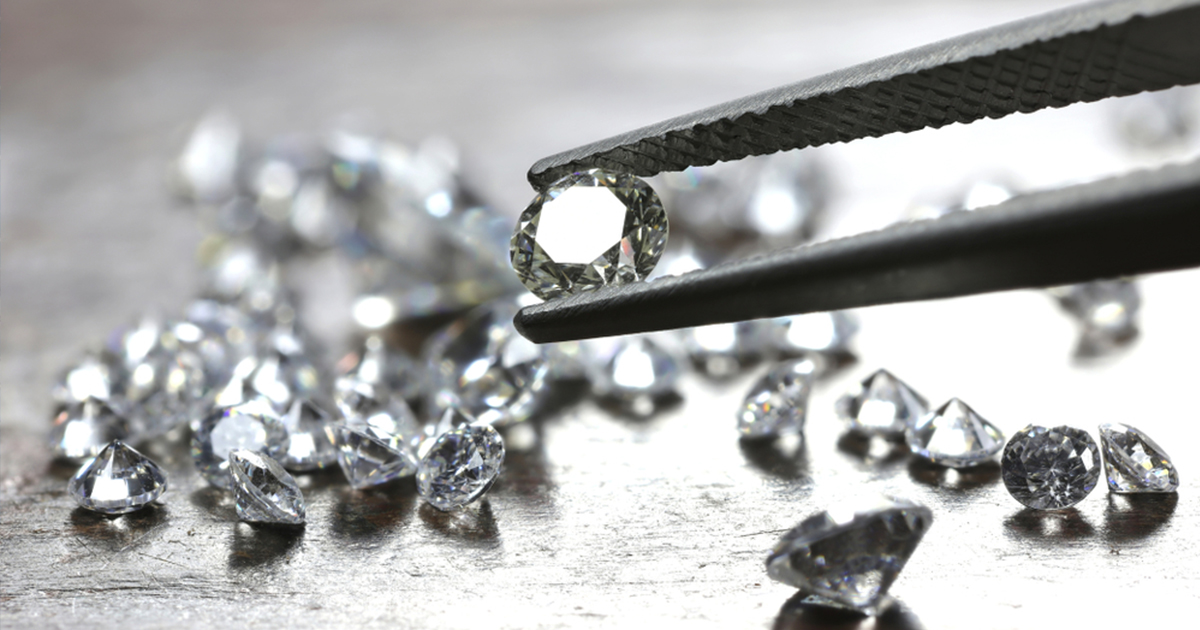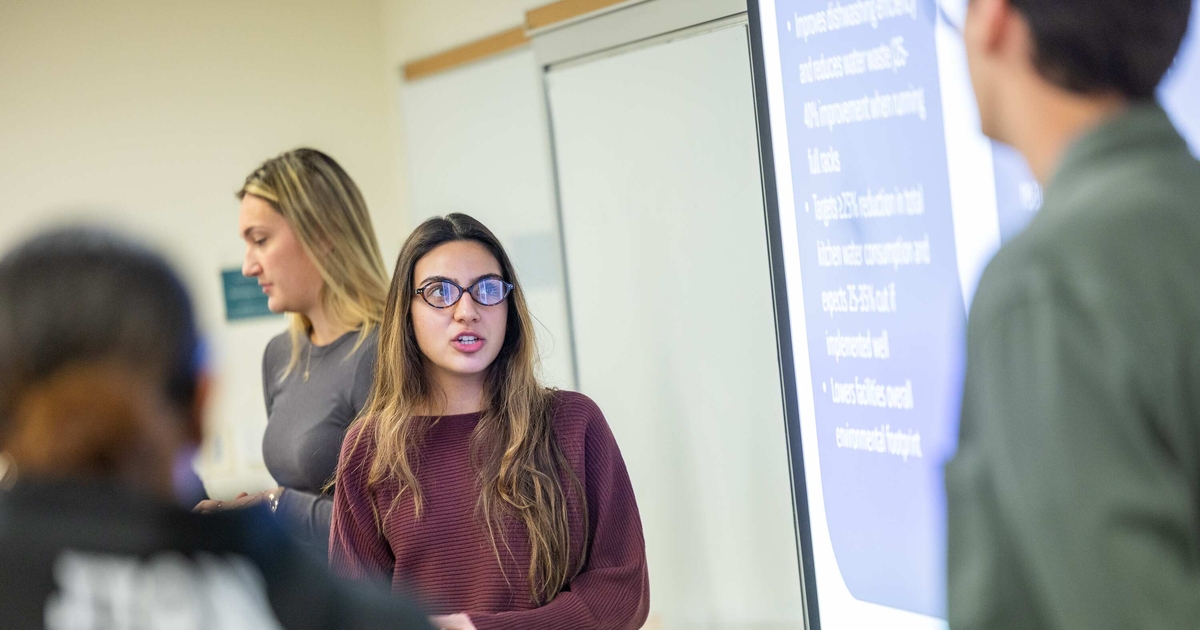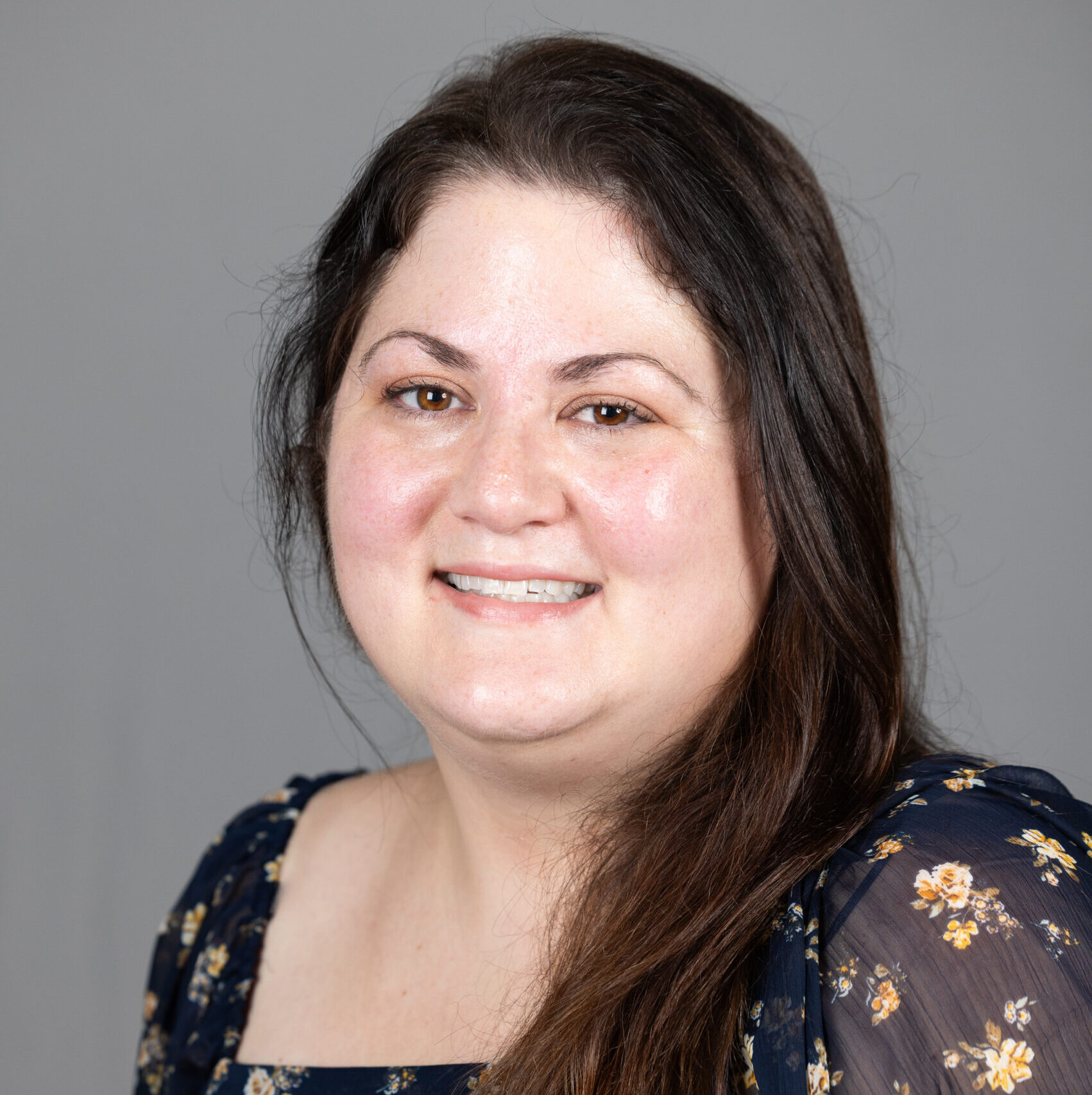Diamonds and the Blockchain

How confident are you that the conflict-free diamond you are about to buy was really mined in a conflict-free zone? How sure are you that the dolphin-safe tuna you just bought was fished in a dolphin-safe manner? How positive are you that the pill you are about to take contains the medicine indicated on the pillbox label? That the food you just bought was adequately refrigerated when transported to your grocer?
In practice, we have to trust the retailers we deal with to tell us the truth about what we buy, and they must trust their suppliers to do the same. Unfortunately, this web of trust is frequently faulty, subject to fraud, error, and mismanagement.
It doesn’t have to be this way. Bitcoin and other cryptocurrencies use blockchain technology to provide the trust needed for parties who don’t know one another to safely transact business. Blockchains ensure that the trust you place in the provenance of goods—where they originated—is well founded.
Where Is Your Diamond From?
What does blockchain have to do with your diamond ring? Before 2000, a diamond’s path from the mine to retail sale was not closely tracked. In 2000, the United Nations set up the Kimberley Process “to ensure that diamond purchases were not financing violence by rebel movements and their allies seeking to undermine legitimate governments.”
Although 81 countries signed on to the process, including all major producing, exporting, and importing countries, it has not worked well. It relies on a system of participant certification and a paper-based transaction record. Corruption and smuggling are rife and it is rarely possible to trace the provenance of a diamond to its country of origin, never mind the mine from which it was sourced.
Blood diamonds remain a problem today. Document tampering, fraudulent claims, synthetic stones that are falsely identified, and double financing are hard to detect. There is a desperate need for a single point of truth so that all parties on the supply chain, from producers to cutters to bankers and insurers, have shared access to records documenting a diamond’s mining, manufacture, and sale.
From Rough Cut to Diamond Dazzler
Diamonds go through a multistage transformation between the mine and the jewelry store.
- Mining – More than 69 million carats of rough diamonds were mined in 2016, primarily from mines in southern African countries, Russia, and Canada.
- Sorting and Pricing – Rough diamonds are sorted into more than 5,000 categories. Only about 20% of all rough diamonds are of gem quality, while 80% of the diamonds mined are sold for industrial purposes. Rough diamonds are priced and sold to manufacturers at one of ten annual markets, called sights.
- Manufacturing – Gem-quality stones are purchased by cutting centers. There, the rough stones undergo a 3-D scan to create a computer model. Experts examine each rough diamond as to its size, shape, and the quantity and position of its internal inclusions and blemishes, and update the computer model. Then, they decide how to cut the stone to generate the greatest value.
- Becoming a Gem – The stone is then marked and cleaved or sawed with a diamond saw or laser. Several diamond cutters, each with their own specialty, help produce the gem. Polishing also is a multistage process, with different experts polishing the main facets of the gem and others polishing the final facets. The last step is quality control to verify the diamond’s characteristics and ensure that it meets the manufacturer’s standards. It also might be inscribed by laser with an identification number.
- The Sale – The finished diamond will be sold to jewelry manufacturers and wholesalers. They, in turn, sell the gem to customers online, or to retail diamond dealers and jewelry outlets.
Putting Diamonds on the Blockchain
In 2015, a company called Everledger was formed with the objective of bringing transparency to the diamond marketplace. In conjunction with IBM, Everledger built a blockchain using the open-source Hyperledger software. The company also created software to interface with the scanning, modeling, and cutting equipment used in gem manufacturing so that these highly calibrated and precision instruments could automatically generate and store data relating to the manufacturing process directly on the blockchain.
Each of the roughly 1.6 million diamonds now stored on Everledger’s blockchain is identified with 40 metadata points as well as a high-definition image of the diamond. At each stage in the manufacturing process, Everledger’s protocol allows users to enter data, such as the time and date of the process and the name of the artisan performing it. Retailers can enter information about any jewelry piece containing the diamond, such as store location and warranty details. Customers can view the entire provenance simply by logging in with their credentials.
The value of luxury items, such as diamonds, but also pieces of fine art, bottles or cases of fine wine, watches, and other jewelry, depend to a great degree on their history. Everledger and the parties that have agreed to participate in Everledger’s blockchain believe that creating such a record increases the prices they can charge all along the supply chain and at retail for the diamonds they produce and track.
Keeping Fraudsters at Bay
The weak part of any technological system of controls is human interaction. In many cases, a blockchain overcomes this weakness by using digital signatures. For example, when a certified mine puts a diamond on the blockchain, it signs the transaction with its private key. The signature can be verified by anybody using the mine’s public key. This means that the mining company cannot later deny that it was the source of the diamond. It also means a rogue company cannot put a diamond on the blockchain claiming that to be the certified company because the rogue company’s signature will be seen immediately as being invalid.
What if a certified organic apple grower sells a pesticide-treated apple to a distributor, properly signing the transaction as coming from an organic farm? If someone in the supply chain detects pesticide residue on the apple, transactions on the blockchain will trace it back to the grower, no matter how many other companies handled it in between. The grower almost certainly will lose its certification. The auditability of blockchain transactions in such cases provides a strong deterrent to potential fraudsters.
Blockchain as a Value-Add
The blockchain, combined with digital signatures and machine-to-blockchain software, provides a means of securely recording the provenance of diamonds and other goods. Users can easily view the movement of a product recorded on the chain from its source to the present. This transparency adds value to the product at each point in the supply chain, and in its eventual purchase by the consumer.
Posted in Insights






